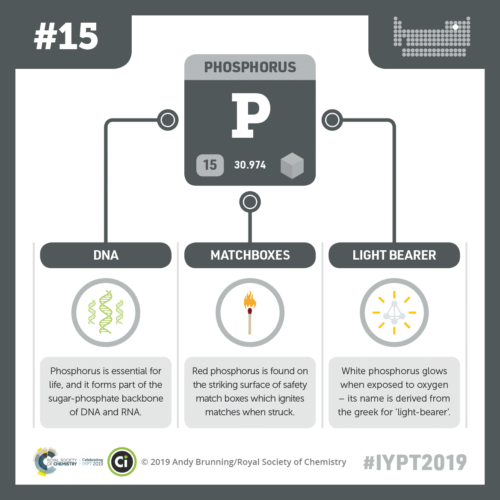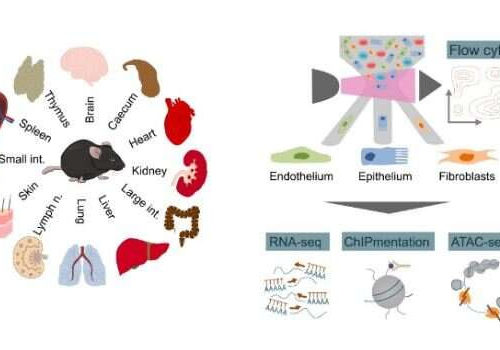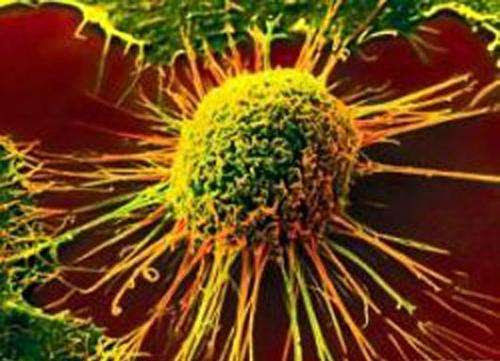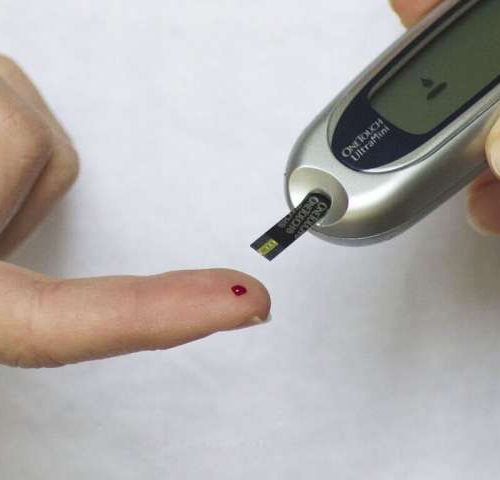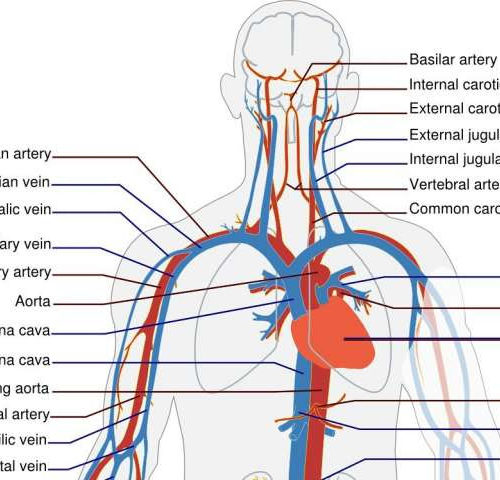Findings could lead to new therapies for cancer, heart abnormalities UNIVERSITY OF COLORADO AT BOULDER Look deep inside our cells, and you’ll find that each has an identical genome -a complete set of genes that provides the instructions for our cells’ form and function. But if each blueprint is identical, why does an eye cell...
Tag: <span>biology</span>
Phosphorus: Glowing, Flammable, and Essential to Our Cells
BY ABBEY BIGLER Of the 118 known elements, scientists believe that 25 are essential for human biology. Four of these (hydrogen, oxygen, nitrogen, and carbon) make up a whopping 96 percent of our bodies. The other 21 elements, though needed in smaller quantities, perform fascinating and vital functions. Phosphorus is one such element. It has...
There was a crooked man: Scoliosis and the deep history of the brain’s inner sanctum
by John Hewitt , Medical Xpress Lurking just beneath the surface of just about every common nursery rhyme is a complex record of times long gone. For example, the “crooked man” who “laid a crooked sixpence upon a crooked style” was none other than the great 17th-century Scot General Sir Alexander Leslie. The crooked stile...
Study finds drug beneficial for shrinking mesothelioma tumors
by National Cancer Institute A drug that is designed to boost the immune system against mesothelioma, when combined with immunotherapy, was found to be beneficial in a small study involving ten patients. The results, which appeared July 1, 2020, in Science Translational Medicine, suggest that the drug LMB-100 could prolong the life of some patients...
Smart structures: Structural cells of the body control immune function
by Austrian Academy of Sciences Schematic outline of the study, which used genomic assays (RNA-seq, ATAC-seq, ChIPmentation, flow cytometry) to investigate epigenetic and transcription regulation in structural cells (endothelium, epithelium and fibroblast) from twelve mouse organs. Credit: Thomas Krausgruber / CeMM In a Nature paper, CeMM researchers report on the epigenetic and transcriptional regulation in...
Age research: A low level of the stress hormone cortisol contributes to the ageing process
SAARLAND UNIVERSITY WHY DO WE AGE? WHAT EXACTLY IS HAPPENING IN OUR BODIES? AND CAN WE DO ANYTHING ABOUT IT? MANKIND HAS SOUGHT ANSWERS TO THESE QUESTIONS SINCE TIME IMMEMORIAL. WHILE THE… view more CREDIT: IRIS MAURER Why do we age? What exactly is happening in our bodies? And can we do anything about it?...
Discovery of key protein behind cancer relapse and progression can lead to new therapies
by James L. Manley, Duke-NUS Medical School Reports show that cancer is the second-highest leading cause of death globally, with the possibility that every one in four to five people in Singapore may develop cancer in their lifetime. A recent study by scientists from Duke-NUS Medical School provides new evidence supporting the presence of a...
Existing drugs can prevent SARS-CoV-2 from hijacking cells
by European Molecular Biology Laboratory An international team of researchers has analyzed how SARS-CoV-2, the virus that causes COVID-19, hijacks the proteins in its target cells. The research, published in the journal Cell, shows how the virus shifts the cell’s activity to promote its own replication and to infect nearby cells. The scientists also identified...
Signs of being prone to adult diabetes are already visible at age 8 years old
by University of Bristol Early signs of being more susceptible to type 2 diabetes as an adult can be seen in children as young as 8 years old, decades before it is likely to be diagnosed, according to a new study published in Diabetes Care today. The research looked at the effects of a genetic...
New treatment discovery for vascular disorder
by Centenary Institute Researchers from the Centenary Institute have discovered a potential new therapy for cerebral cavernous malformations (CCMs), a devastating disease that often affects young people and can result in stroke and seizures. Using mouse models, the researchers found that use of the drug, CD5-2 helped normalize the vascular disorders, and inhibited the development...

